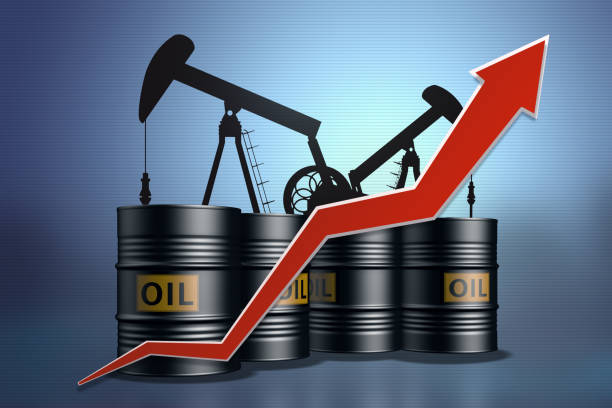In recent weeks, global oil prices have shown strength, with crude oil settling near unchanged levels on the last working day of June after retreating from a nearly two-month high. However, both Brent and West Texas Intermediate crude benchmarks saw gains of approximately six percent for the month.
Market sentiment has turned positive, with bullish trends apparent, yet uncertainty lingers over how long this optimism will endure.
After a period of aggressive short selling that pushed futures to multi-month lows, crude prices have rebounded significantly. Brent crude recently surpassed $86 per barrel, bolstered by expectations of positive developments across various fronts that could further support market strength.
Several factors contribute to this shift. Reports highlight a surge in global crude demand, supported by a notable decline in US crude inventories reported by the US Energy Information Administration (EIA), which fell by 2.5 million barrels to 457.1 million barrels for the week ending June 14.
Additionally, reductions in US gasoline stocks by 2.3 million barrels, contrary to expectations of a build-up, and declines in distillate stockpiles by 1.7 million barrels have contributed significantly to bullish sentiment in the oil market.
Gasoline consumption in the US has reached post-pandemic highs, hitting 9.4 million barrels per day late in June, in anticipation of heightened travel during the upcoming July 4th holiday, further bolstering demand and prices.
Globally, short-term consumption signals remain robust, with increased oil demand across Europe and Asia driven by strong summer travel activity.
The onset of hurricane season also plays a role, with storms prompting US refiners to increase crude stockpiles, particularly from the Gulf of Mexico.
Meanwhile, speculation about potential Federal Reserve rate cuts in response to a cooling US job market and flat inflation indicators in May has heightened expectations, as lower interest rates typically stimulate economic growth and oil demand.
Geopolitical tensions are also influencing market dynamics, such as recent attacks by the Houthis on commercial vessels in the Red Sea, which have raised concerns about shipping channels crucial to global crude supplies. Escalating conflicts in the Middle East, notably between Israel and Hezbollah, add further uncertainty, impacting oil prices with a geopolitical risk premium.
For oil-importing nations like Pakistan, these developments mean potential increases in petrol prices, reflecting the volatile global crude market.
However, despite recent spikes, the long-term outlook for crude oil remains uncertain, as weak overall demand and potential increases in global output, particularly from countries like Brazil, complicate efforts by OPEC+ to stabilize market prices.
Moreover, in an election year, the US administration’s efforts to manage domestic gasoline prices could further influence market dynamics.




